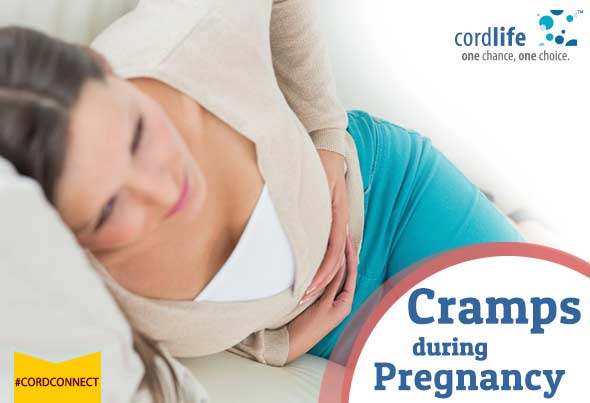Table of Contents
Your pregnancy is not just about the growth of your precious baby in your womb. It is also about the many changes that your body undergoes and eventually adapts to.
Just like bloating, tenderness in the breasts and water retention, another sign of pregnancy is abdominal and leg cramps. These can begin early in the pregnancy and occur at various stages. Abdominal cramps are usually experienced in the second trimester, when the baby’s size becomes noticeably large. This happens when the uterus expands gradually to accommodate the growing foetus.
Pregnancy cramps also occur when muscles and ligaments in the abdominal and back area stretch to accommodate the growing baby. It is the body’s normal response to the pregnancy, and is often a sign that the baby is growing properly.
However, painful cramps occurring in the first trimester are a dangerous sign. These take place when the uterus ejects the embryo or foetus, and the process of miscarriage begins. The uterus contracts to allow its contents to be removed via the vagina. When these painful cramps occur with bleeding, it is time to rush to the emergency room of your hospital. Painful upper abdomen cramps can also be a signal of preeclampsia.
Painful cramps at other times in the pregnancy can be a result of many things: you might feel constipated and there may be a build-up of gas in your intestines. This can put pressure on your middle and cause cramping. Some women also experience painful cramps in their calves and thighs as the pregnancy progresses.
You can relieve the discomfort of pregnancy cramps by placing a hot water bottle on the affected area, or drinking a lot of plain water. Keep moving, albeit slowly, so that your limbs and joints experience frequent movement. Ask your doctor for some light stretching or relaxation exercises to help soothe you.
